There really is no precedent one can draw an analogy from to describe the level of change B2B channels have had to adjust to in 2020. Digital transformation, once aspirational, has become a means of survival for both suppliers and partners. Last mile execution, often left up to the partner, is no longer the way things work when there’s no customer to visit. Adjusting to these new norms will be challenging for some, but we’re seeing leading channel programs focus on these ten important areas when they want to drive higher ROI in channel sales and marketing efforts.
10 Channel Strategies to Drive Higher Sales & Marketing ROI
- Create Tighter Alignment Between Channel Sales and Marketing
- Improve CAM and Partner Enablement
- Use Partner Segmentation to Drive Higher Engagement and Results
- Translate Better Channel Visibility and Reporting into Better Outcomes
- Better Partner Planning Equals Higher Performance
- Go Beyond Partner Locators to Create Customer Connections
- Better Partner Contact Lists Requires Trust
- Account Based Marketing – Know the Difference!
- Channel Sales and Marketing Shared Funnel
- Partner Digital Transformation is an Imperative
(1) Create Tighter Alignment Between Channel Sales and Marketing
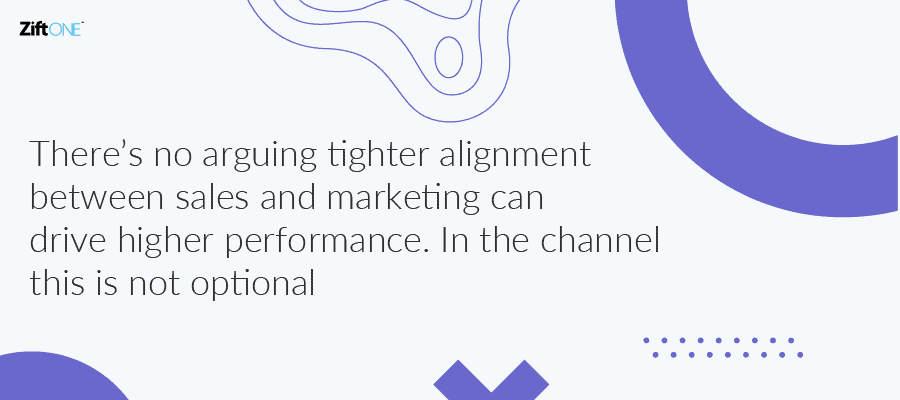
There’s no arguing tighter alignment between sales and marketing can drive higher performance. In fact SiriusDecisions/Forrester has said that “highly aligned companies grow 19% faster and are 15% more profitable.” In the channel this is not optional. Getting channel account managers (CAM’s) to work with partner marketing managers to drive better engagement, promote new tools or benefits to partners and in some cases, make partner marketing execution a key component to advancing in their program are just a few practical ways to drive better alignment between channel sales and channel marketing that could lead to quicker results.
(2) Improve CAM and Partner Enablement
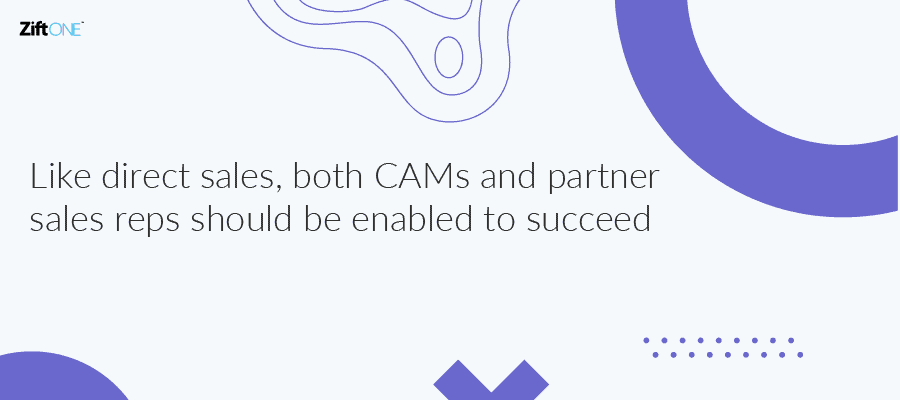
Like direct sales, both CAMs and partner sales reps should be enabled to succeed. Specifically, CAM’s need to know how their channel works, for example they should know the difference between MSP, Referral or Disty-led channels. They also need to know the ins-and-outs of their own supplier program, how to plan for success with partners and the economics of the partner’s business, so they can set realistic goals. On the partner side, focus on delivery. A channel-friendly LMS like the one found in ZiftONE can help deliver training on product, sales and marketing. Partners will also need to become adept at any supplier sales methodologies, processes and tools to help them manage leads. Additionally, they should be made aware of any competitive information, including strengths and weaknesses that can help them navigate through sales cycles.
(3) Use Partner Segmentation to Drive Higher Engagement and Results
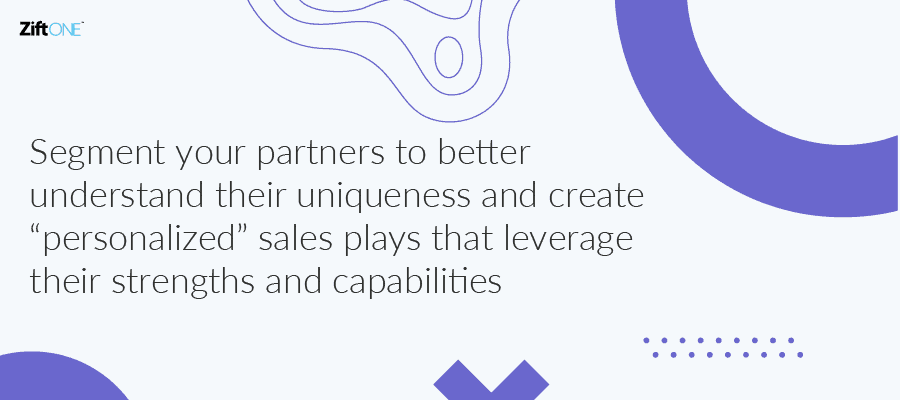
Segment your partners to better understand their uniqueness and create “personalized” sales plays that leverage their strengths and capabilities. This will drive higher engagement as partners will prefer to work with suppliers who can help them differentiate themselves. Start by grouping partners into active and inactive, then find distinctions or capabilities your program can target to drive better performance, like singling out those selling into specific verticals or partner with complementary solutions. Try grouping partners who have completed training and inviting them to engage in follow-up sales or marketing campaigns designed specifically for them. This will sharpen your focus and provide partners with familiar territory they can leverage for success.
(4) Translate Better Channel Visibility and Reporting into Better Outcomes
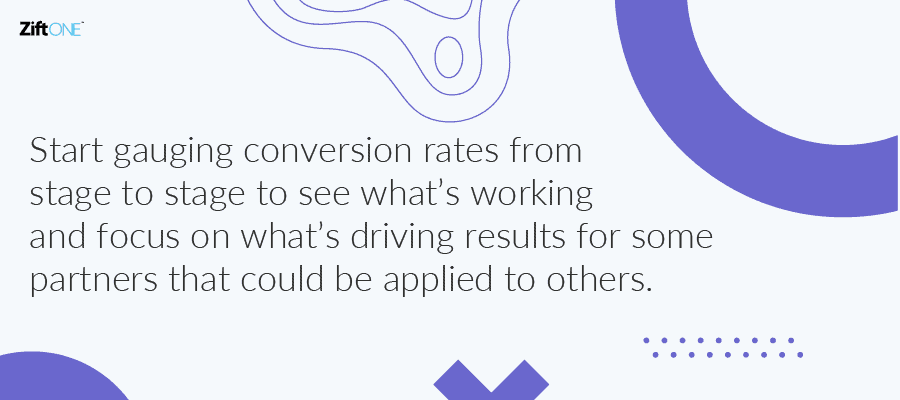
Use reporting to know what is happening so you can impact outcomes. One place to start is gaining a better understanding of the lead funnel at the top, middle and at the bottom stages. As partner marketing campaigns begin to attract shoppers, the top of the funnel should grow. While encouraging, look past the top of the funnel to see those leads moving through lead distribution and lead registration; noting both volume and velocity. Start gauging their conversion rates from stage to stage to see what is working and what is not and focus on what’s driving results for some partners that could be applied to others. Gaining visibility into the entire lead spectrum requires investing in the end-to-end solutions that can report across silos, similar to the reporting engine we designed in ZiftONE Channel Sales.
(5) Better Partner Planning Equals Higher Performance
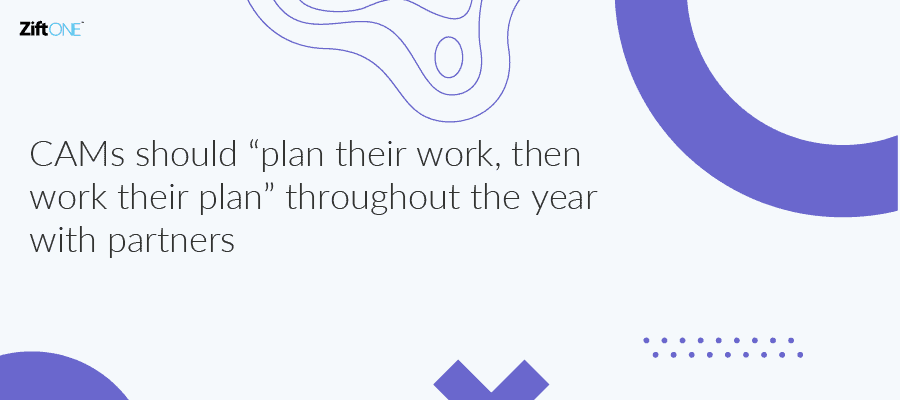
CAMs should “plan their work, then work their plan” throughout the year with partners. This includes planning for both sales and marketing initiatives. On the sales side, specific goals should be set for net new and renewals, paying special attention to customer satisfaction and churn metrics, especially if partners are selling ARR cloud solutions. On the marketing side, determine what’s needed from CAM’s to engage partners, setting goals for attendance at webinars, sales and marketing training, each with a strong follow-up or call-to-action. Using a joint funnel approach, described previously, estimate how much marketing partners will need to reach their pipeline goals, then work with them throughout the year to execute against this plan.
(6) Go Beyond Partner Locators to Create Customer Connections
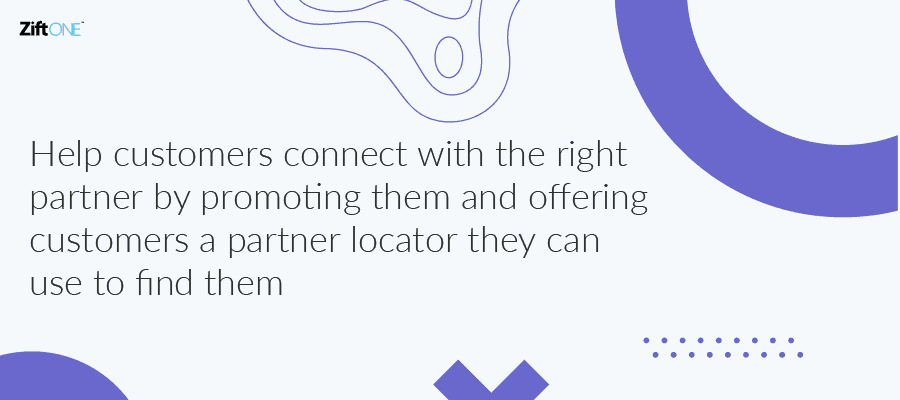
Help customers connect with the right partner by promoting them and offering customers a partner locator they can use to find them. Once a prospect shows any interest, use email nurturing and social media to stay connected on behalf of the partner. These basic “for-partner” activities can help partners convert shoppers into “buyers” but this approach is often overshadowed by “to-partner” and “through-partner” programs used to raise awareness and create leads, respectively. Once customers pick a partner to work with, follow-up on their behalf, making initial contact as needed and redirecting them to the partners website if appropriate, while notifying the partner. Partner websites should be optimized for any incoming traffic you send them, so if you’re not auditing their websites, make sure you survey their capabilities before launching into any for-partner channel marketing programs.
(7) Better Partner Contact Lists Requires Trust
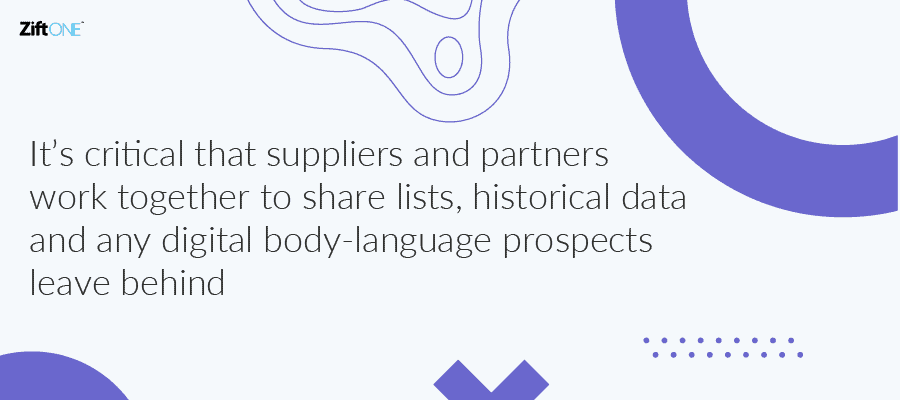
Typically getting partners to share their prospect or customer lists can be challenging, especially in a hybrid channel where direct sales may compete with channel partners. Combined with the data that says an existing customer is three times more likely to take an offer than a new one, it’s critical that suppliers and partners work together to share lists, historical data and any digital body-language prospects leave behind. I’ve found these two principles work best: educate partners letting them know how their list will be used, e.g. only in a specific marketing campaign; and be transparent, using reporting and analytical tools similar to those we’ve built into ZiftONE dashboards, provide partners regular updates on what their prospects are doing and when it’s right to reach out with an offer.
(8) Account Based Marketing – Know the Difference!
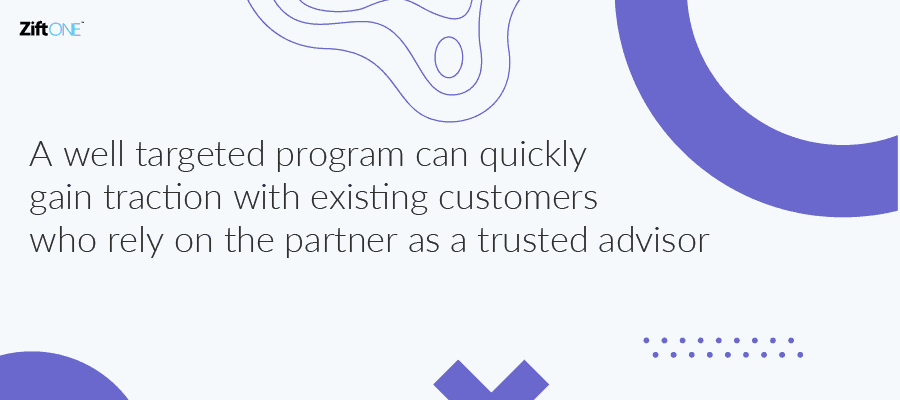
Recognize that all opportunities delivered by partners are not all net new, some are existing customers who’ve been buying from the customer for years. Keeping that in mind, help partners maintain a steady connection with their customers leveraging data about their industry, important trends and responding with social thought leadership programs that project the value the partner brings to the table. Whether it’s follow-up training, a series of webinars or financial offers a customer can apply towards a renewal or upsell, a well targeted program can quickly gain traction with existing customers who rely on the partner as a trusted advisor.
(9) Channel Sales and Marketing Shared Funnel
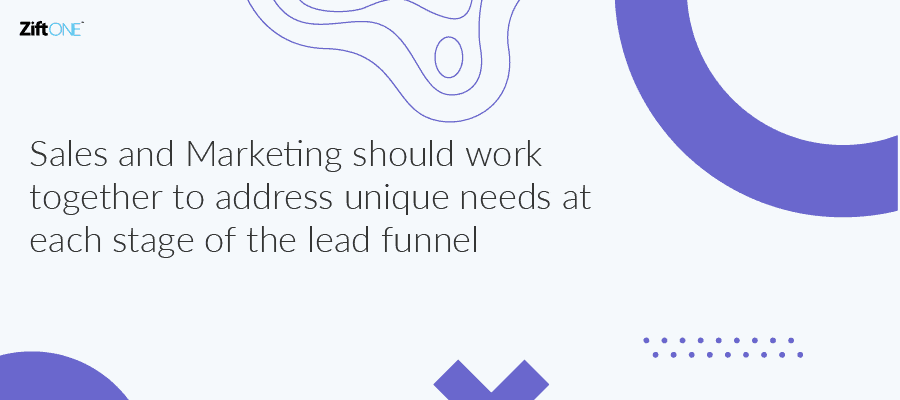
Sales and Marketing should work together to address unique needs at each stage of the lead funnel (top, middle and closing stages). At the top, marketing can drive better lead conversions by working closely with CAM’s to better target prospects using ideal customer and partner data, which will result in better leads and better hand-off to sales. In the middle stages, after a partner accepts the lead marketing can continue to help nurture leads by sending emails, social posts and adding value, especially targeted assets, like competitive comparisons which could help partners navigate through difficult selling situations. At the bottom, where deals get stuck, channel marketing can continue to add value, especially in the form of stimulus marketing programs, e.g. financial offers that may trigger customers to purchase.
(10) Partner Digital Transformation is an Imperative
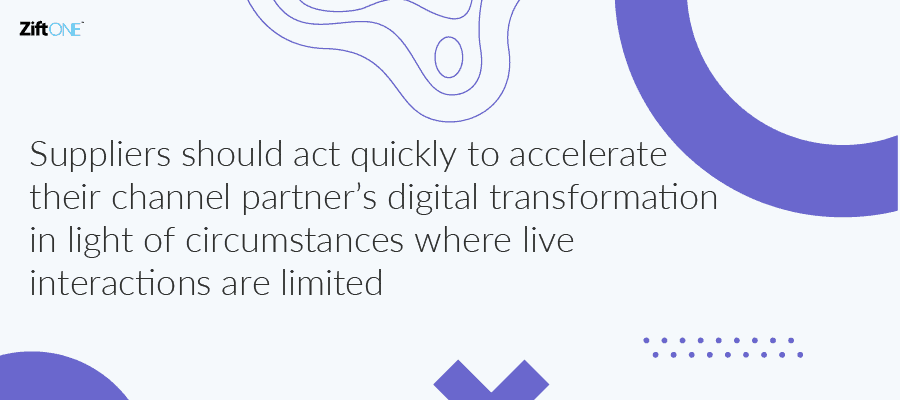
Suppliers should act quickly, if they haven’t already, to accelerate their channel partner’s digital transformation in light of circumstances where live interactions are limited. While many partners have started the change to digital, many have become adept at single tactics, e.g. over-using email. Start by sharing best practices in social selling, SEO and buyer’s journey so that partners can begin promoting themselves and learn how to use the assets on their websites and those you share from a marketing portal. Next, help them tell their story digitally by converting content you may already have and letting partners put their “spin” on it. Make sure to cover all the bases by teaching partners how to execute, not necessarily develop on their own, integrated marketing plays both CAM’s and partners can use to develop new leads or market to existing customers.
Laz Gonzalez
Laz Gonzalez is Chief Strategy Officer at Zift Solutions. A prominent industry analyst and thought leader, Gonzalez brings unparalleled channel expertise to Zift and has served as strategic adviser to leading B2B channel programs worldwide.




